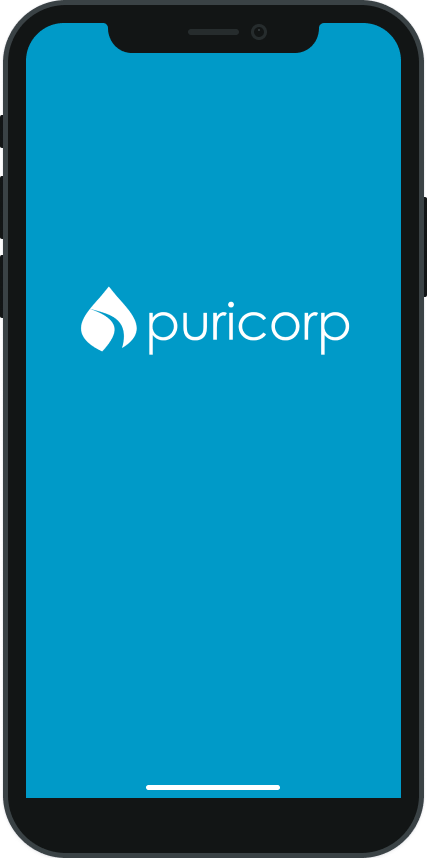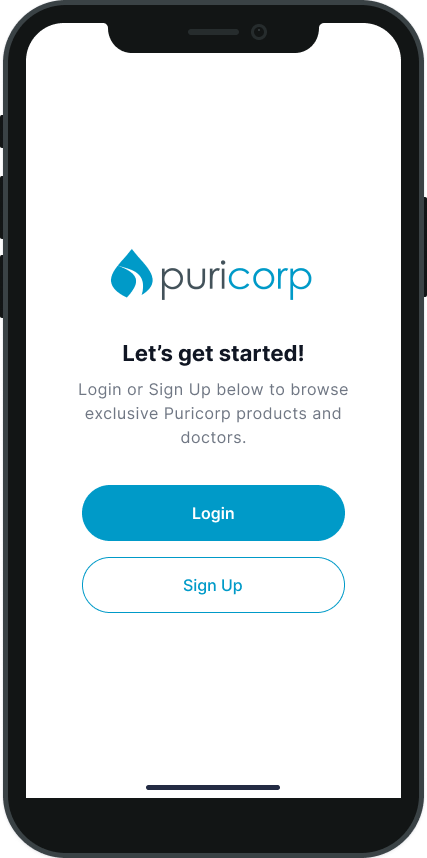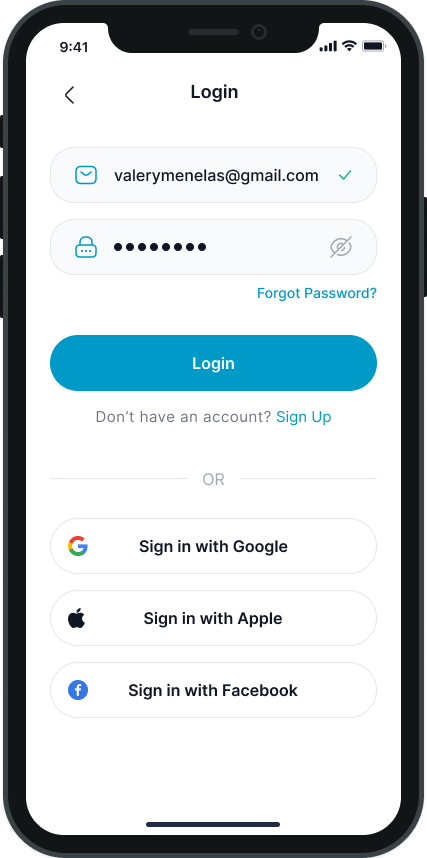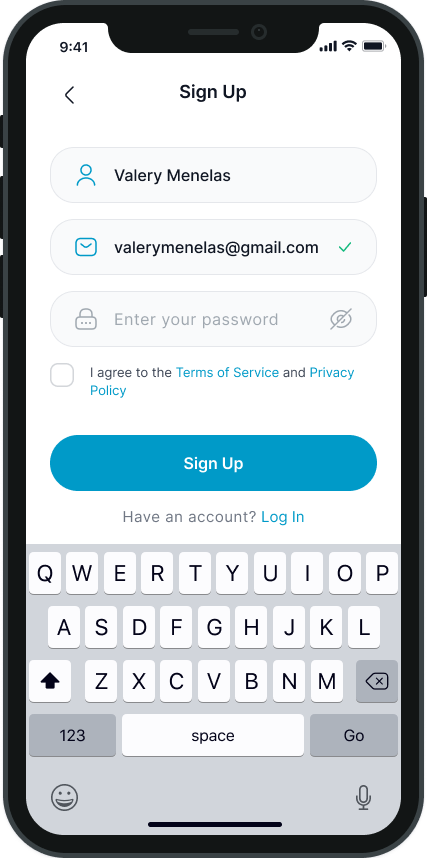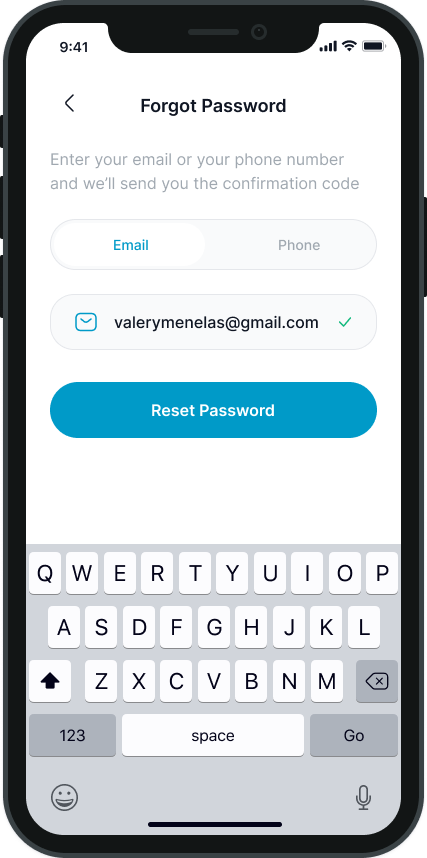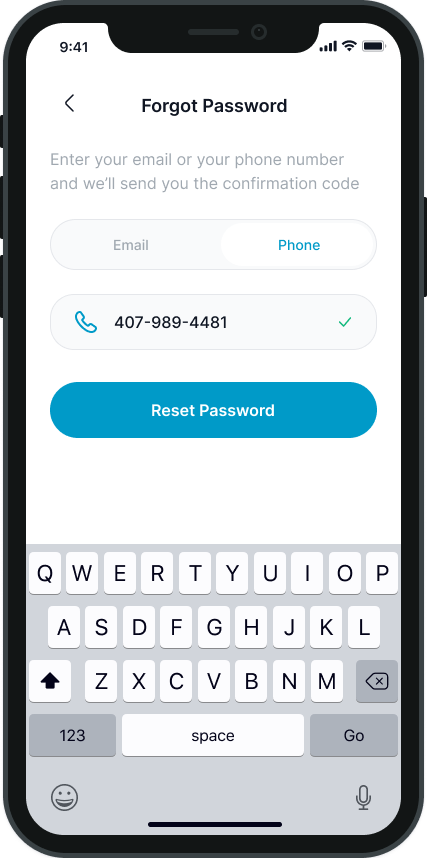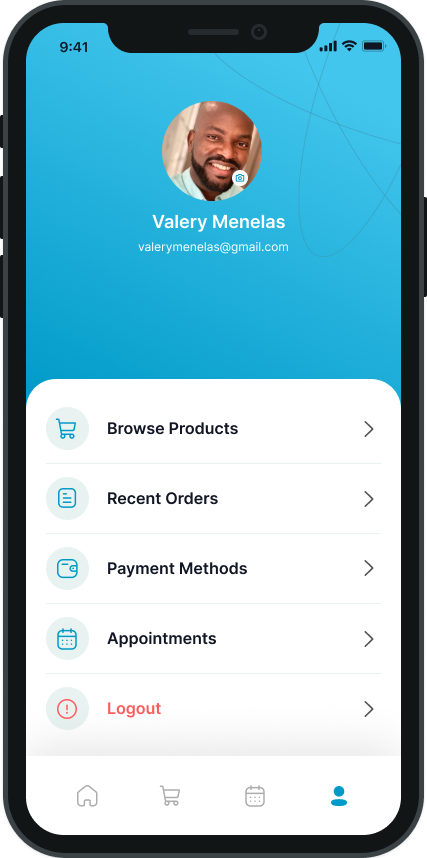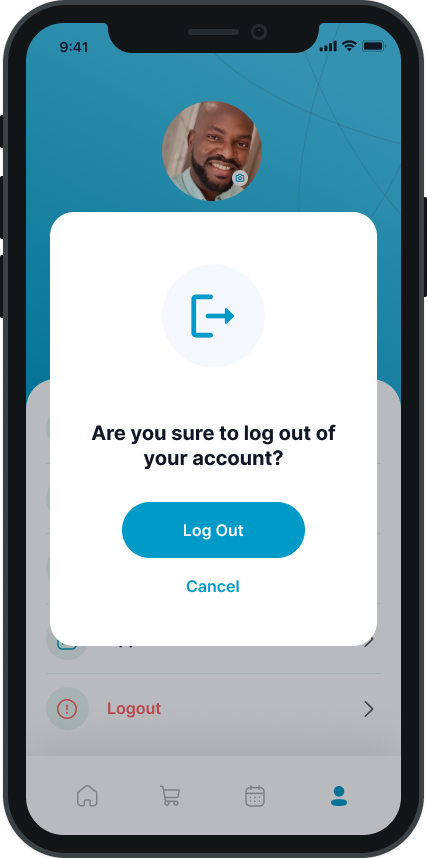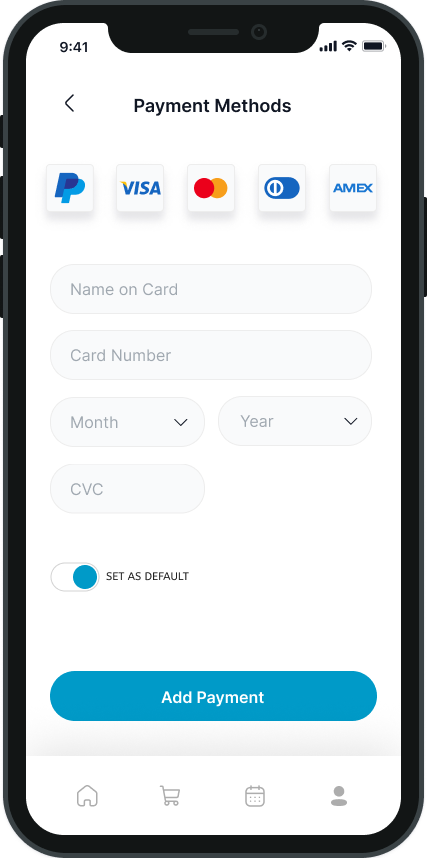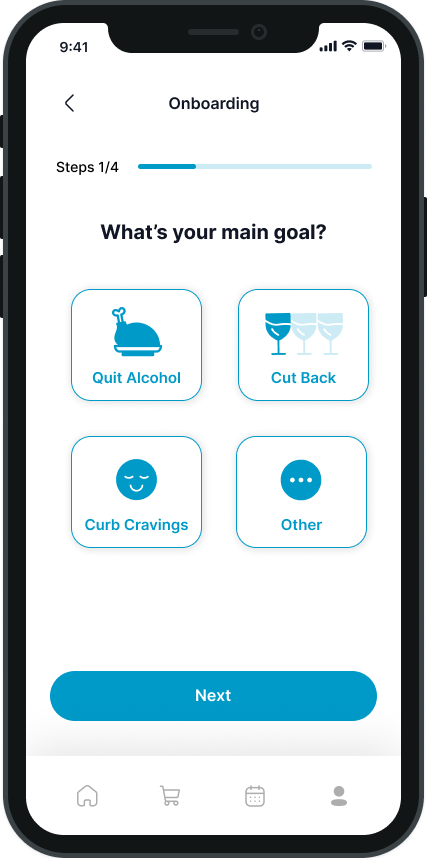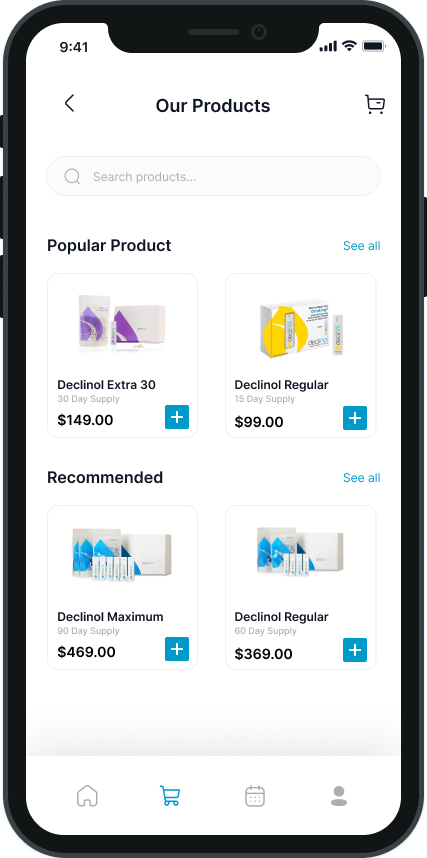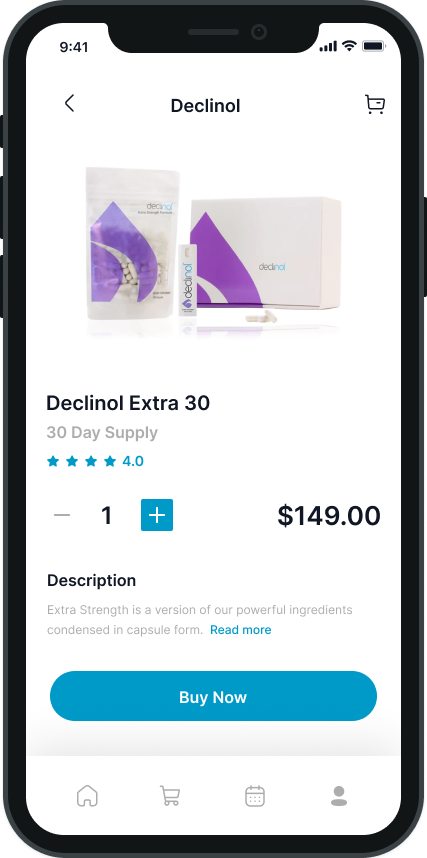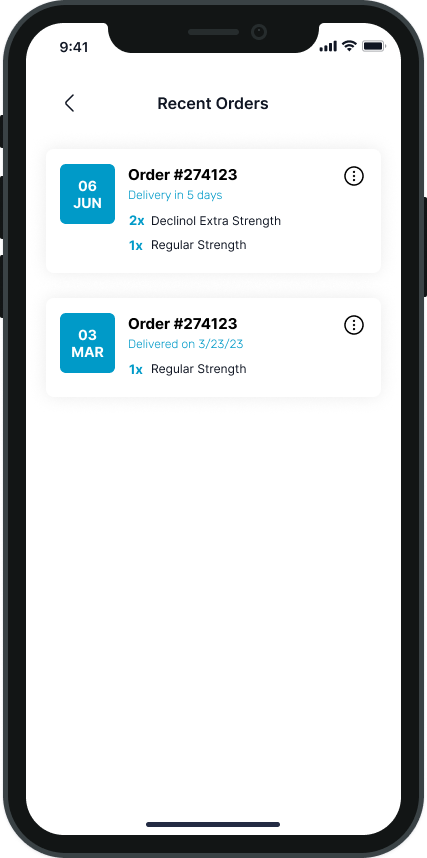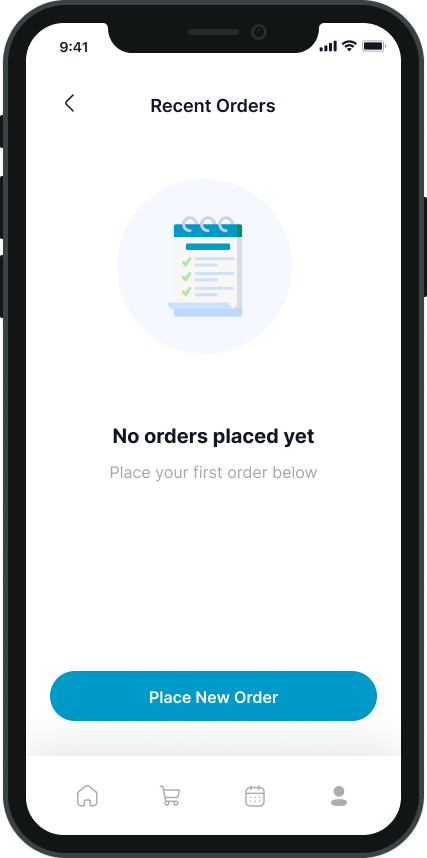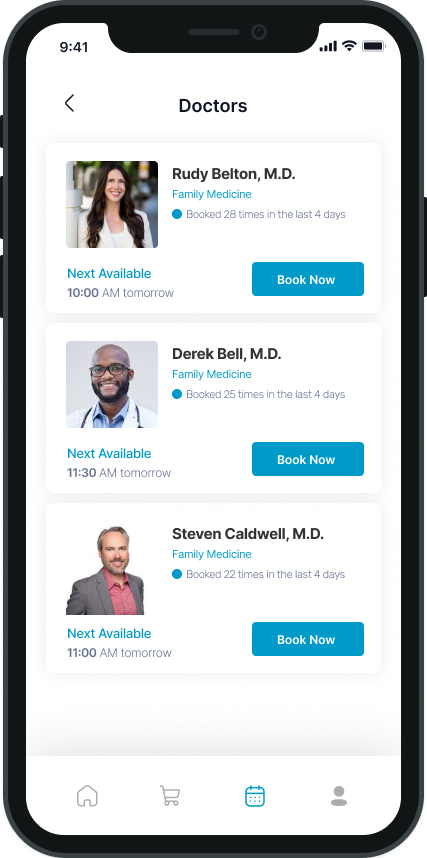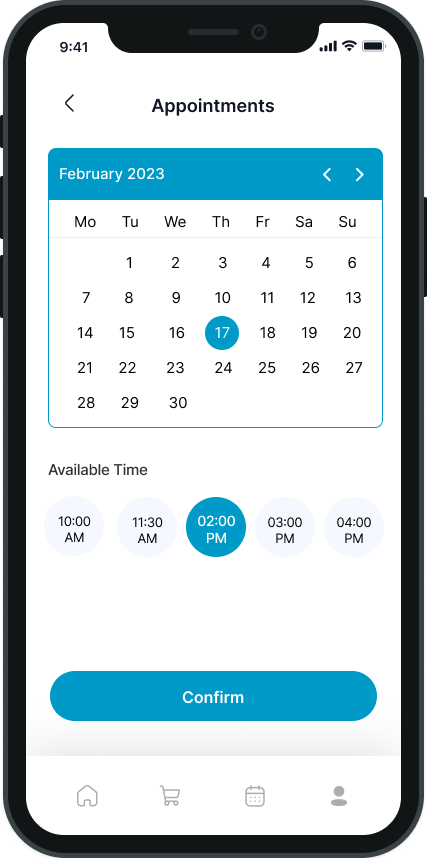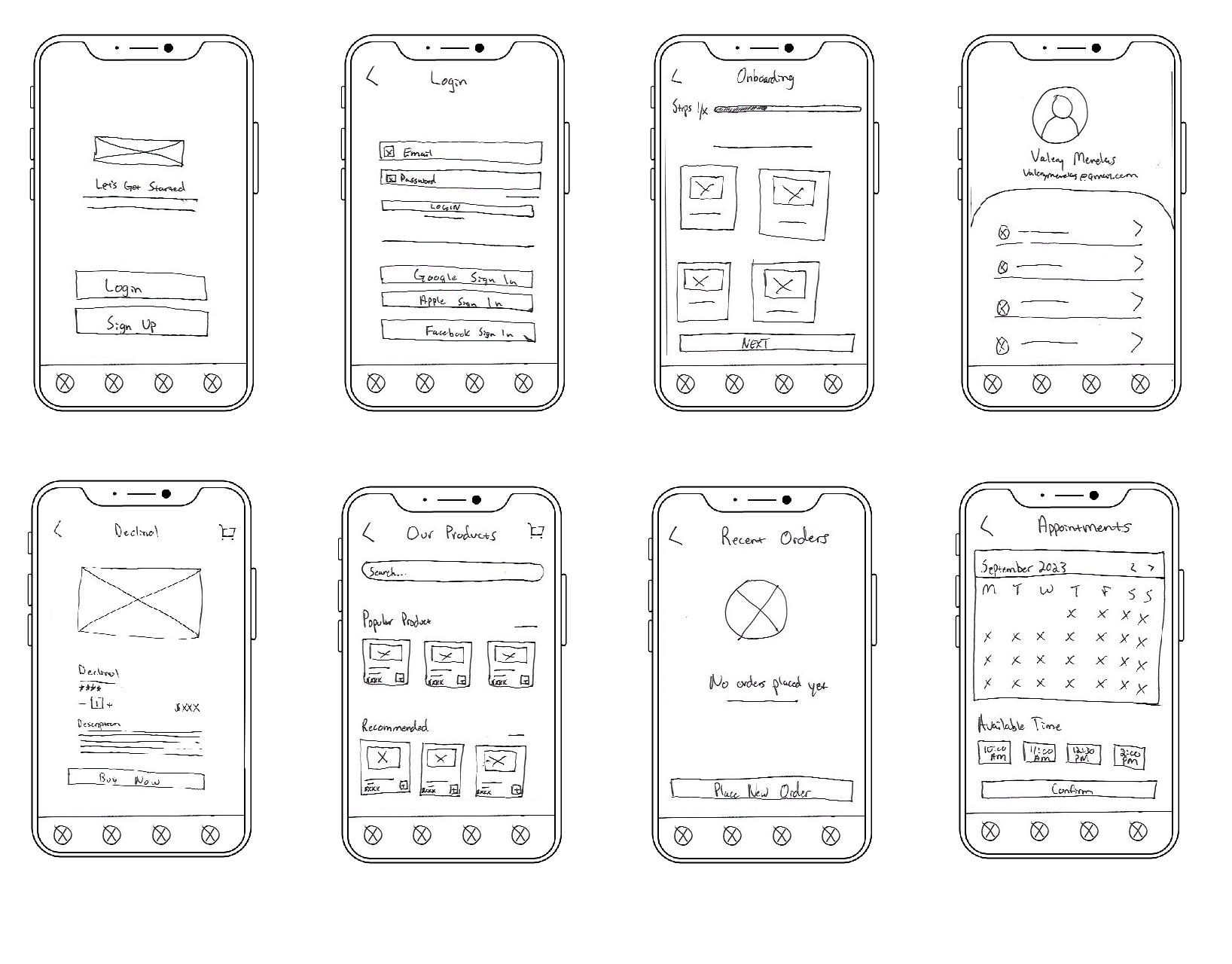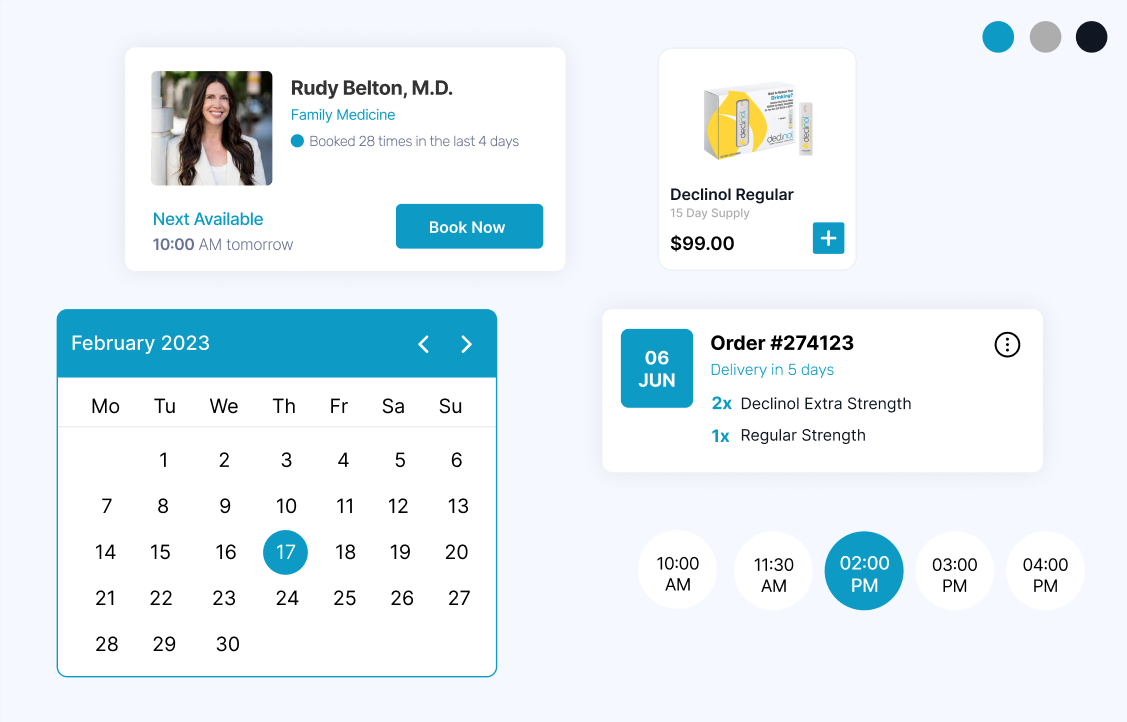Puricorp - Health Mobile
A mobile app that helps customers take control of physical cravings, calmness, and overall well-being when it comes to battling alcohol consumption.
The Challenge
Puricorp wanted to develop an app that will help their current customers with more resources. The idea of the app was to consolidate everything that the company offers, in one seamless user experience.
Business Impact
- Puricorp distinguished itself in the market by offering doctors personalized recommendations for products available through it’s web e-commerce platform.
- 7% of new orders were generated from the app within 30 days.
- Onboarded 12+ doctors within the first 60 days, with a subscription model.
Roles
- UX Design (Market Research, User Interviews)
- UI Design (Layout, Color Scheme, UI Components)
Deliverables
- Market Research
- User Interviews
- Low-fidelity wireframes
- Mockups and Prototypes
Tools
- Figma
- Sketch
Research
For this project, my intention was to initiate two research methodologies: primary and secondary. The primary research involves conducting user interviews, while the secondary research entails market research and competitive analysis.
Secondary Research: Market Research
Starting with market research is crucial to gaining a comprehensive overview of the current industry. This step allows us to grasp the existing knowledge gaps and understand the target audience. The information gathered from market research will help me ask meaningful questions in primary research.
The Industry: In general, the industry displays a variety of apps that excel in either assisting users in reducing alcohol consumption or directly selling products to facilitate decreased alcohol intake among users.
Target Audience:
-
- Age Group: Adults aged 25 to 50 who are health-conscious and interested in cutting down their alcohol intake.
- Motivations: Individuals concerned about the health impacts of excessive drinking, seeking to improve well-being and relationships.
- Desire for Convenience: Integration of product purchasing and delivery within the app further caters to consumers’ convenience-oriented mindset, enabling them to access the tools and resources they need.
Competitive Analysis:
-
- Alcohol Moderation Apps: Apps focused on alcohol reduction, but few integrate with actual products. Examples include “ReFrame” and “DrinkControl“
- Health and Wellness Apps: Apps promoting balanced lifestyles, including diet and exercise, but with limited focus on alcohol moderation.
Market Trends:
-
- Health and Wellness: Growing interest in wellness and self-improvement, making the timing right for alcohol reduction solutions.
- Digital Health Tools: Increased adoption of health-related apps, offering a promising platform for an alcohol reduction app.
- Data Privacy and Security: As digital health solutions gain popularity, apps that prioritize safeguarding user information and provide transparent data practices will gain trust and user adoption.
Key Insights and Implications:
-
- Educational Content: The app should provide users with educational content about the benefits of moderation and how the offered products support their goals through real doctors.
- Promotions and Discounts: Offering special deals and discounts on the company’s products through the app can incentivize users to engage.
Primary Research: User Interviews
Building on a general understanding of the market and the audience, I continued to dive deeper and build a real connection with our users, to gain direct insights on them by primary research with these specific user interview questions.
- Can you describe your current approach to managing your alcohol consumption and any factors that motivate you to make changes?
- Can you share any experiences you’ve had with apps or tools that have helped you track or manage your alcohol intake?
- How would you react to the integration of alcohol reduction products for purchase directly within an app? Would this convenience influence your decision to use the app?
- Could you share your thoughts on the idea of using an app to conveniently access and purchase products that align with your efforts to reduce alcohol consumption?
Based on the collected data, it's evident that Puricorp's mobile app should deliver a personalized strategy for managing alcohol consumption while seamlessly incorporating exclusive product offerings.
Low-fidelity Wireframes
After carefully reviewing the data gathered, along with Puricorp’s own business goals I started creating low-fidelity wireframes in order to examine my ideas and to quickly change as I go.
The Design System
Up next was the design system with components. With the wireframes completed, I now have a better idea of how to properly design these components. The design language is meant to feel modern, clean and functional. Making use of font weight and color to drive an easy-to-identify visual distinction.
Mockups
I now have the visual direction of the layout as well as solid wireframes. I can then began applying everything I’ve learned to create the mockups.
Business Impact
- Puricorp distinguished itself in the market by offering doctors personalized recommendations for products available through it’s web e-commerce platform.
- 7% of new orders were generated from the app within 30 days.
- Onboarded 12+ doctors within the first 60 days, with a subscription model.
